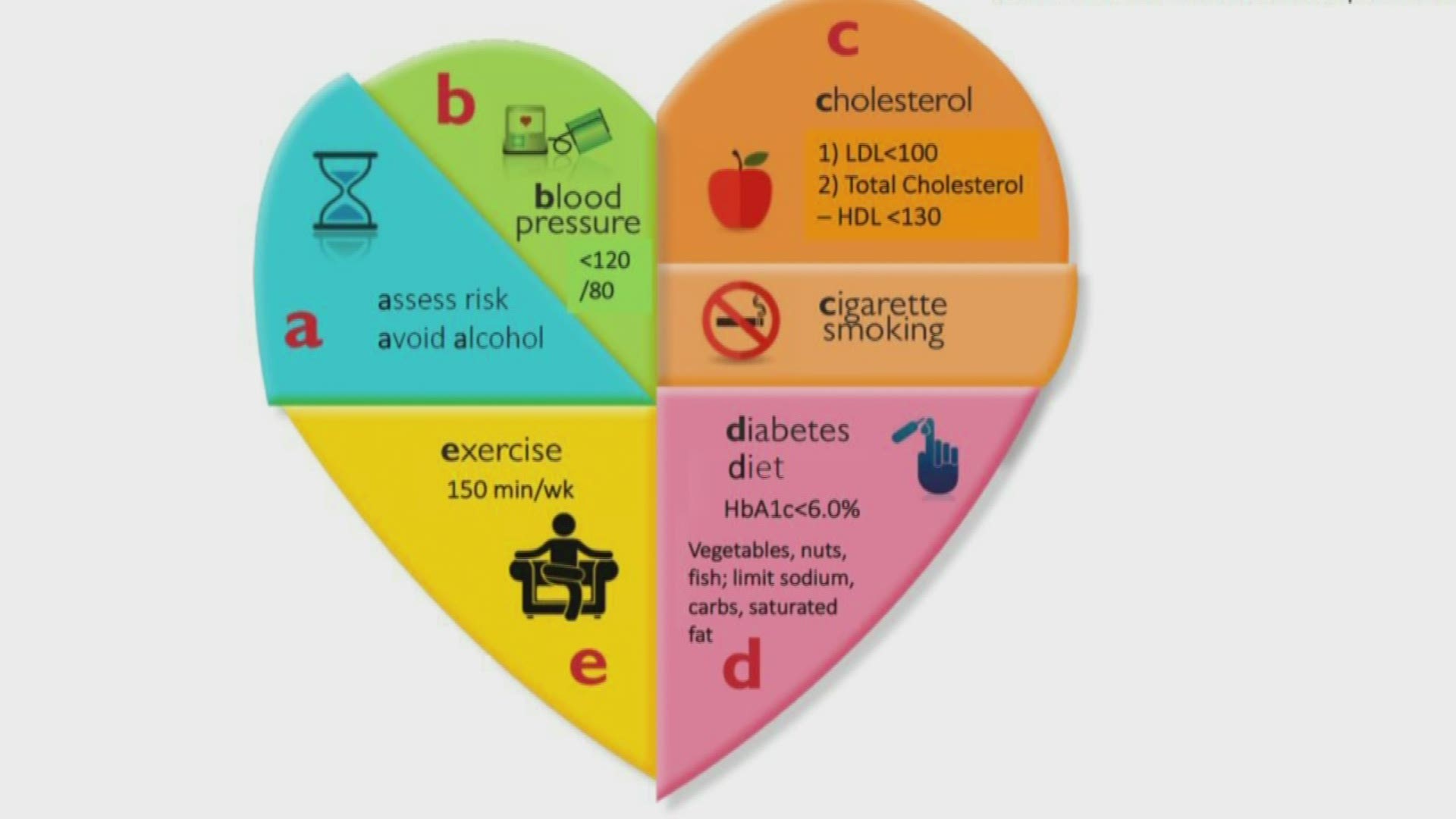COLORADO, USA — Contrary to popular belief, cholesterol is not necessarily a bad thing, but rather, it's excess cholesterol that can cause problems.
Cholesterol comes from two sources: your liver makes the majority of cholesterol and the rest comes from your diet, largely from animal-based products you consume.
Knowing your cholesterol levels and adjusting your diet and fitness regime accordingly can play a critical role in maintaining a healthy heart and nervous system.
9Health Expert Dr. Payal Kohli answered some common questions about cholesterol.
Why is cholesterol bad for us?
Cholesterol is not all bad. In fact, we need some cholesterol for our cells to carry out their functions. It’s excess cholesterol that is really the problem.
When there is too much cholesterol in your blood stream, it can stick to the walls of the arteries and cause blockages that can lead to heart attacks and strokes. So, as your bad cholesterol (“LDL”) increases, your risk for heart disease increases.
Isn’t cholesterol only something middle-aged or overweight adults needs to worry about?
No! In fact, high cholesterol can occur at any age, even in kids or adolescents, for genetic reasons. The American Heart Association (AHA) recommends checking cholesterol once in kids between ages 9-11 years old, again between 17-21 years old and then every 4-6 years between the ages of 20-50 years old if you are low risk for heart disease and don’t have elevated cholesterol.
What is the difference between “good” and “bad” cholesterol and what makes up our “total” cholesterol?
There are three components to your cholesterol. The LDL, the HDL and the triglycerides. Here is the formula for what makes up your total cholesterol:
Total cholesterol = LDL + HDL + 20% of Triglycerides
- LDL: low density lipoprotein aka “bad cholesterol” because it builds up in the wall of the arteries (the “garbage”). You want to keep your LDL low (both start with “l”)
- HDL: high density lipoprotein aka “good cholesterol” because it removes cholesterol from the artery walls (the “garbage man”). You want to keep your HDL high (both start with “h”)
- Triglycerides: usually packaged with cholesterol and stored with fat (the “recycling”).
As the level of bad cholesterol increases or the level of good cholesterol decreases, your risk for heart diseases increases. You can have an elevated “total” cholesterol profile that is bad because it is made up of mostly “bad” cholesterol. On the other hand, if your “total” cholesterol is elevated because it is mostly HDL and LDL and TG are at target, that is more favorable.
What can we do to control our risk from cholesterol?
Check. Change. Control. After getting your cholesterol checked, you have to work on changing your habits and controlling it to treatment targets. From a diet standpoint, lower your cholesterol by reducing the saturated fat (limit to 5-6% of daily calories) and trans fat.
Basically, this means stop eating or substantially cutting down your red meat intake and dairy products made with whole milk. Limit fried food and eat more fruits, vegetables and whole gains. Increase your fiber (which can lower your cholesterol by 10%).
Become more active – with at least 150 minutes of moderate intensity activity per week.
Weight loss (of as little as 10%) can help lower your cholesterol. Your “target” LDL should be <100 mg/dL and “target” TG should be <150 mg/dL.
SUGGESTED VIDEOS | Science is Cool

